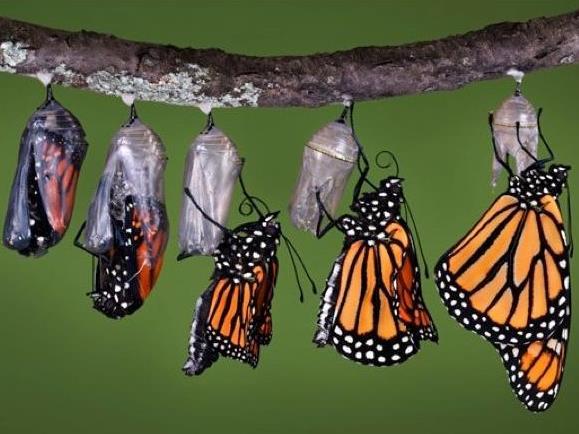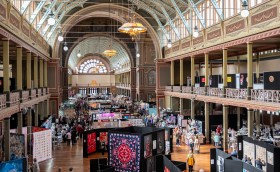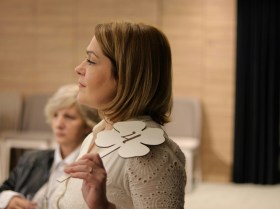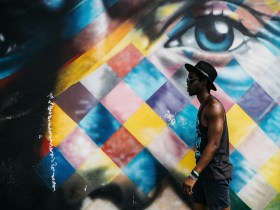Imagining the future in the face of change is a focus of NAVA’s Future/Forward: National Visual Arts Summit to take place in early November. What follows is a hint about some of the questions to be tackled at the Summit and issues currently affecting our sector.
With continuing exponential technological progress, everyone who has access to the tools can make images with some degree of plausibility. Consequently we see the concept of the professional artist being challenged. Similar to citizen journalists, citizen artists are claiming the right to have some degree of authority in the world of visual representation. This poses all sorts of conundrums in relation to the need for training, access to space and financial support. So is all expression of equal value?
On the flip side, the artist as citizen is seen to bear considerable responsibility for influencing public opinion. Artists can have a role as interrogators of the status quo sometimes acting with considerable political intent. Recent censorship cases have precipitated debates over freedom of expression, what should be the limits of public tolerance and whether the act of making and showing art normalises ideas that occupy the edges of legality. There’s the question of who decides: the police; the courts; governments; the Classification Board; partisan lobby groups; arts aficionados, or ‘reasonable’ citizens?
The Classification Board works on the principle that adults have the right to see, hear and read what they want within the law. This discussion is connected to the continuing debates over copyright. On the one hand, the case is being made for the right of everyone to have open access to ideas. On the other, there is the right of creators (who toil over generating these ideas and expressing them with a degree of skill) to have some control over the use of their material. This is important because of the impact of this use on their professional reputation and their entitlement to receive appropriate remuneration for this use. Royalty payments are one of the ways artists earn income. If copyright entitlements and resale royalties are diminished or done away with by the government – as is currently under consideration – how are creators to make an independent living?
There are other developments which are pertinent to the question of artists’ incomes. As an example, in the age of celebrity, artists who have always had an on-going relationship with their work are under pressure not only to have, but to be a brand. If you are interesting then it must follow that your artwork is too. Artists are being urged not only to make art, but also to be their own marketing manager and entrepreneur. Is this selling your soul? As public funding diminishes and artists (and arts organisations) are urged to find support from the private sector, what are the strings attached with patronage whether through philanthropy, sponsorship or crowd funding, and is it a viable alternative source of support for experimental, provocative new work?
With all these demands on artists to seek success, it’s perhaps not surprising that they are looking for opportunities wherever they can. Increasingly Australian visual artists and craft and design practitioners are working internationally. They say it is often easier for them to get recognition away from their homeland than here. With the expectation that artists articulate our national identity, when does an artist’s work cease to be Australian?
Importantly, the support infrastructure for artists is evolving. In the 70s and 80s contemporary art and craft spaces were set up around the country to fill the gap left by the major state institutions. There now is competition and/or collaboration between various entities to own ‘the contemporary’ and ‘the new’. In recent years, the state galleries have been taking an increasing interest in work by living Australia practitioners. A recent example was Melbourne Now – the mother of all megashows at the NGV which covered a very broad spectrum of practices including media arts, craft, design and architecture. The expanded network of regional galleries are showing contemporary work from Australia and overseas and some have contemporary collections. Artbank is a major government owned collection of the work of contemporary Australian artists. Though artist run spaces have been around for quite a while, their numbers are growing and they are regarded as the incubators for new ideas and ways of expressing them. Along with pop-ups they have been of increasing interest to curators and collectors. The bad news is that since the GFC, commercial galleries have been closing at an alarming rate. Instead, the on-line gallery and shop may be becoming the new normal. For example, look at the international success of Etsy in the craft sector. Should we welcome these changes or try to ameliorate them?
Do things ever stay still long enough to embed a ‘normal’ state of affairs in the visual arts or is it actually all too normal and predictable? A line up of great speakers will be speculating about the changing visual arts scene in Australia and overseas at Future/Forward the National Visual Arts Summit at Carriageworks in Sydney on 6th and 7th November. To be part of the discussion register at https://visualarts.net.au/community/futureforward/





